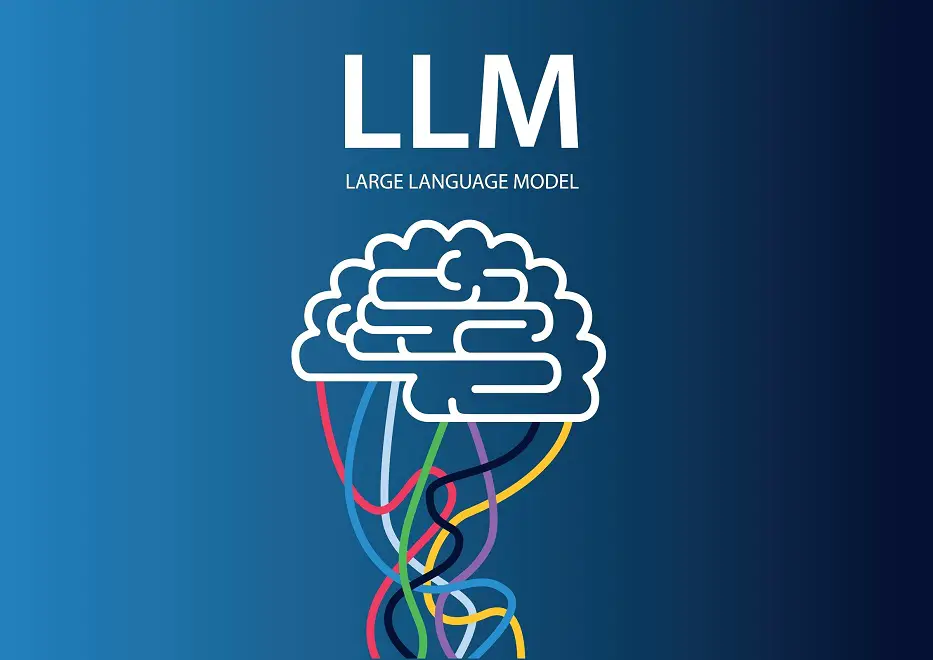Large Language Models: In the ever-evolving realm of artificial intelligence, Large Language Models (LLMs) have emerged as true giants, capable of transforming the way we interact with technology and information. From revolutionizing natural language understanding to fueling groundbreaking applications, LLMs have taken center stage in the world of AI. In this comprehensive article, we will delve deep into the fascinating world of LLMs, exploring their capabilities, applications, and the profound impact they have on various industries.
What are Large Language Models (LLMs)?
Large Language Models, often referred to as LLMs, are advanced artificial intelligence models designed to understand, process, and generate human language text. These models are characterized by their immense size and complexity, often comprising tens of billions of parameters or more. The most famous examples of LLMs include GPT-3, BERT, and T5, developed by leading tech companies like OpenAI and Google.
The Power of LLMs
Large Language Models possess remarkable capabilities that have elevated them to the forefront of AI research and application:
Natural Language Understanding:
LLMs excel at comprehending the nuances of human language, making them adept at tasks like sentiment analysis, language translation, and content summarization.
Content Generation:
These models can generate human-like text, making them invaluable for tasks such as content creation, chatbots, and automated writing.
Knowledge Retrieval:
LLMs can retrieve information from vast datasets, aiding in research, data analysis, and decision-making.
Personalization:
They enable personalized user experiences in applications like recommendation systems, content curation, and virtual assistants.
Multi-modal Integration:
Some LLMs can process text and images simultaneously, paving the way for enhanced visual understanding.
Applications of LLMs
Large Language Models have found extensive use across various domains:
Healthcare:
LLMs assist in medical diagnosis, drug discovery, and patient communication, enhancing the efficiency of healthcare systems.
Content Creation:
Content creators leverage LLMs for generating articles, marketing copy, and social media posts, saving time and effort.
Language Translation:
LLMs power real-time language translation services, breaking down language barriers globally.
Customer Service:
Chatbots built on LLMs provide round-the-clock customer support, improving user experiences.
Education:
LLMs support personalized learning, offering tailored educational content and assessments.
Finance:
They aid in sentiment analysis for stock trading, fraud detection, and financial news summarization.
Creative Writing:
Authors and scriptwriters use LLMs to brainstorm ideas, generate plotlines, and improve their writing.
Legal:
LLMs assist in legal research, contract analysis, and document summarization, streamlining legal processes.
Gaming:
LLMs enhance the realism of in-game interactions and dialogue with non-player characters (NPCs).
News and Media:
Automated content generation and summarization are increasingly employed in journalism.
The Ethical Implications
While LLMs offer boundless opportunities, they also raise ethical concerns. Issues related to bias in language generation, privacy, and their potential to be misused in misinformation campaigns must be carefully addressed.
FAQs
What is the primary purpose of Large Language Models (LLMs)?
LLMs are primarily designed for natural language understanding and generation, enabling applications ranging from content creation to healthcare diagnostics.
How large are these models?
LLMs can have tens of billions of parameters, making them incredibly complex and resource-intensive.
Are there open-source LLMs available?
Yes, some open-source LLMs, like GPT-2, are accessible to the research and developer community.
How do LLMs handle multilingual content?
LLMs can handle multiple languages through training and are widely used for translation and language understanding.
Can LLMs replace human writers and content creators?
LLMs can automate certain aspects of content creation, but human creativity and expertise remain irreplaceable.
What measures are in place to address bias in LLMs?
Research is ongoing to mitigate bias in LLMs, involving diverse training data and fine-tuning processes.
Are LLMs being used in academia?
Yes, LLMs are employed in various academic fields for research, data analysis, and even generating scientific papers.
How do LLMs impact job markets?
While LLMs automate certain tasks, they also create new opportunities in AI development, data management, and ethics oversight.
What is the future of LLMs in AI?
The future holds promise for even larger and more capable LLMs, with applications yet to be imagined.
How can businesses leverage LLMs for growth?
Businesses can integrate LLMs into their operations for tasks like customer service, content generation, and data analysis, boosting efficiency and innovation.
Conclusion
Large Language Models (LLMs) have emerged as monumental players in the field of artificial intelligence, unlocking unprecedented possibilities across industries. From enhancing communication to revolutionizing content creation, the impact of LLMs is undeniable. As we navigate the ethical challenges and harness their potential, these AI giants will continue to shape the digital world in remarkable ways, forever altering the way we interact with technology and information.
